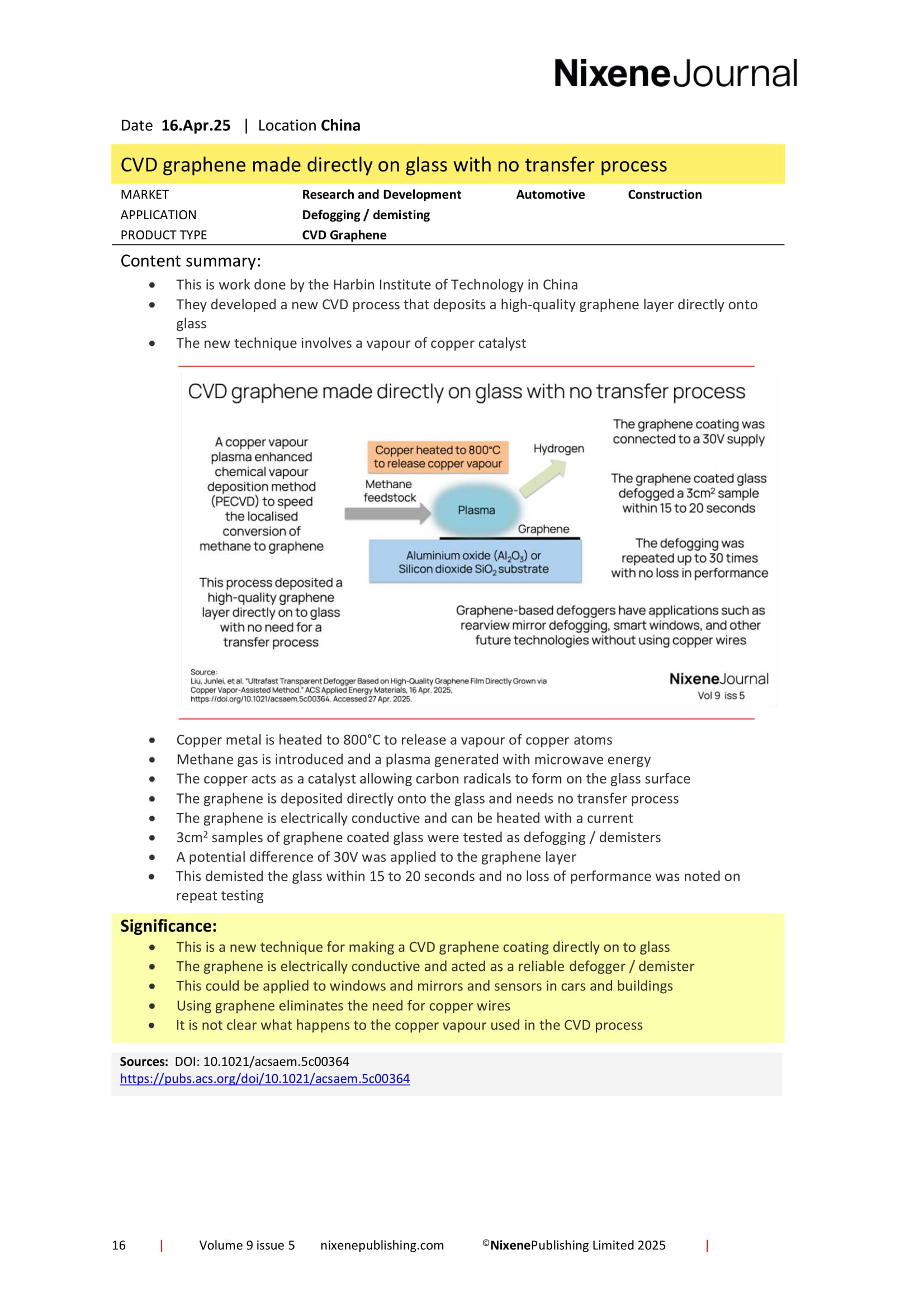Journals
This product is relevant to the following:
Material:
Other:
, ,Locations:
Markets:
Applications:
Product Types:
Technologies:
Related products
-
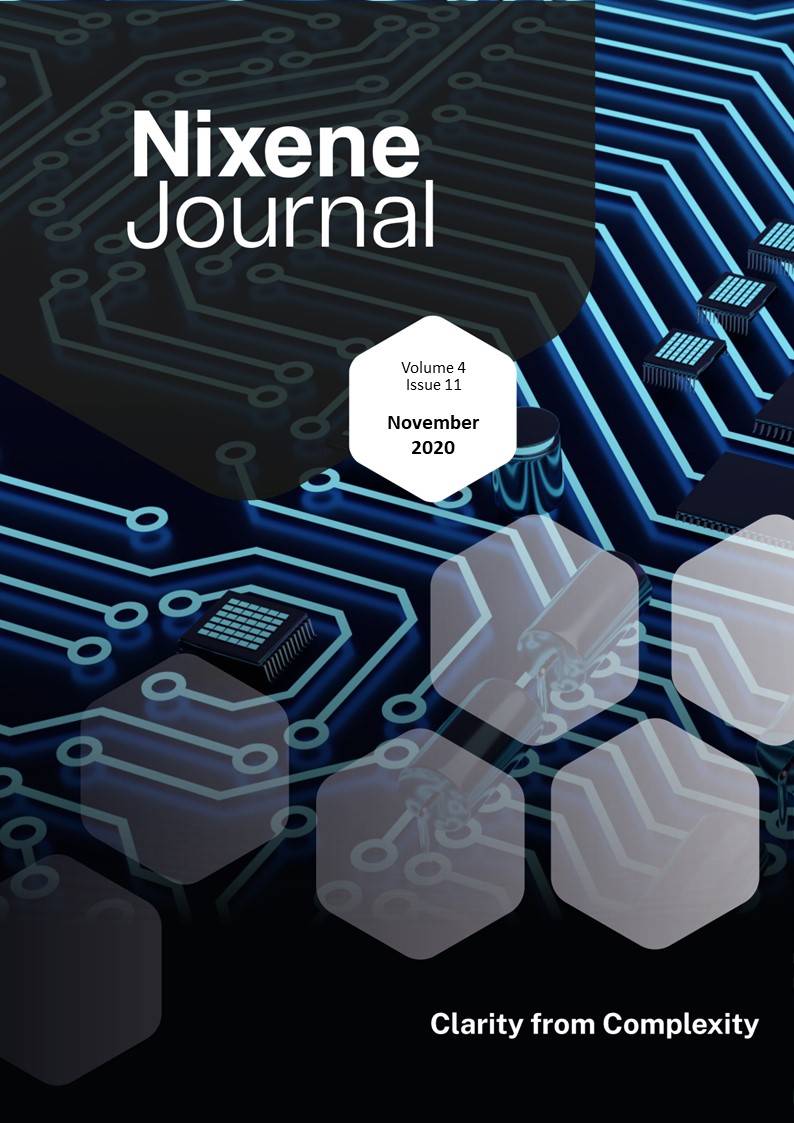
Vol 4 Issue 11
When I was studying Chemistry, I remember being fascinated by a massive wood and glass cabinet at the college entrance. It was a periodic table containing actual samples of the elements. The lasting impression was how many of the elements were metals. Non-metals are in the minority. There is method in my recollection. A few weeks ago, a new form of carbon was announced by a team in the USA. They call it U-carbon and it is metallic. It conducts electricity, is magnetic and the sample they have made looks just like a highly polished metal mirror. Carbon is not a metal. Or is it? U-carbon is a layered combination of 2D and 3D material. This one will keep scientists arguing about definitions for some time to come. In the meantime, the applications for something that is mirror-like, has a very high melting point, is electrically and thermally conductive as well as magnetic and extremely hard, will be myriad. U-carbon is something to watch. Another research project hit the headlines this month. The University of Arkansas announced they had made a device using graphene that extracts limitless electrical energy from Brownian motion. I spent several days with two of the smartest people I know to figure out what was actually going on here because this work appears to invalidate earlier work by Richard Feynman. We think we’ve got to the bottom of this and while their device works at the small scale, we think they will encounter problems scaling up and discover that Richard was right all along. Time will tell. Yet more fascinating work has been done by the Pacific Northwest National Laboratory. They have made a new material; a graphene-copper metal composite. This is a new shear forming technique for making metal components and wires from powders. This shows 5% improved electrical conductivity compared with copper. General Motors is already working with this to lightweight their electric vehicles. We can see huge opportunities in space and clean energy where lightweighting electrically conductive copper will be a significant leap forward. Chinese electronics hardware company MSI has embraced graphene composites. Their latest graphics card has a casing made from a graphene enhanced polymer that is four times stronger and conducts heat sixteen times better than the normal plastic they used for the casing. Another eye-catching development was made by researchers at the University of Surrey. They have found that adding small amounts of graphene to an acrylate-based polymer makes it look like a green opalescent material. More importantly its colour changes red when squeezed and blue when stretched. This is reversible. It also responds to temperature too, losing its colour irreversibly above a set temperature. This means they have created a sensor that does not need batteries. As usual there is so much more in this issue, the pace of this field is astonishing. Adrian Nixon, 1st November 2020£45.00 View product -
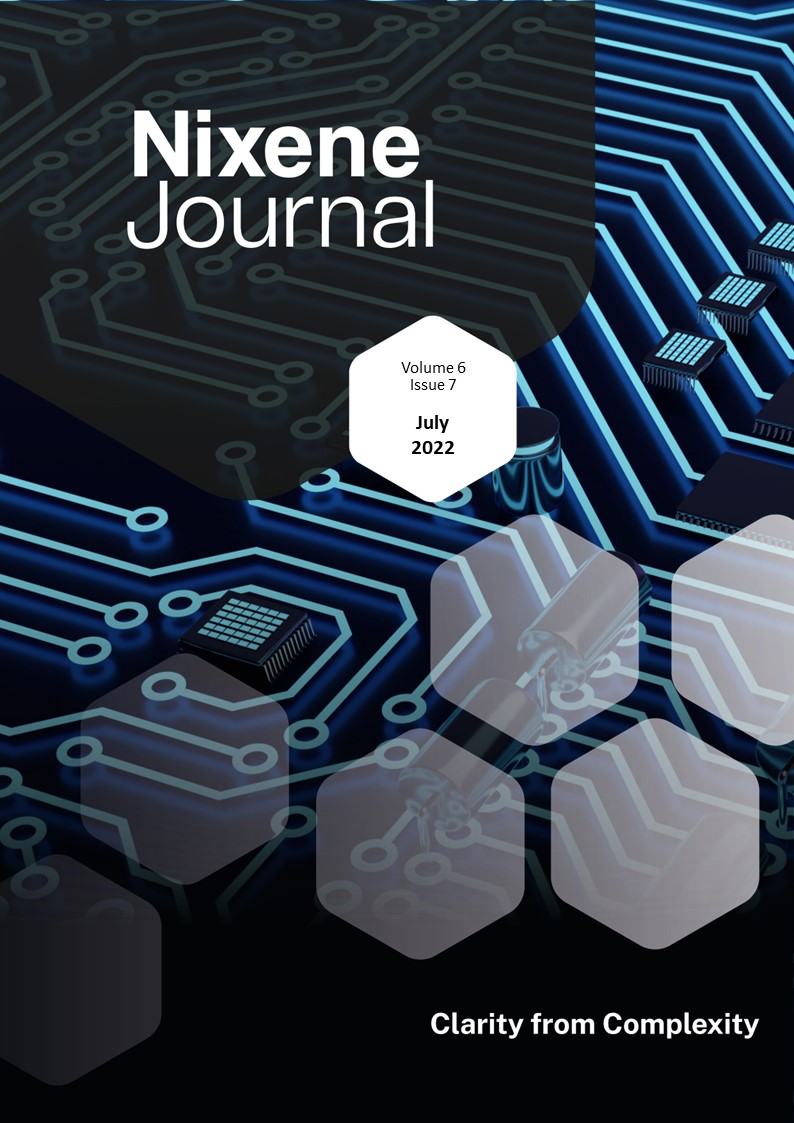
Vol 6 Issue 7
Evidence is mounting in support of the low toxicity of graphene. The Swiss federal research laboratories have added to the body of evidence this month (p.16). They explored the effects of dusts generated by graphene enhanced polymers when they are abraded and found no toxic effects and minor respiratory inflammation. This means the dusts created during the recycling process of graphene enhanced polymer composites (in this case, nylon PA6) represent a low health hazard. As a regular reader, you will know that graphene is being trialled as an additive to enhance the life of asphalt roads. In the UK Kent County Council and the University of Nottingham have just released data from the field trials on roads in the county (p.33). They found that graphene: • Extends the surface lifetime by approximately 2.5 times to last up to 25 years • Over 65-year asset life, a carbon saving of 23kg CO2/m2 of road surface • Created a 32% reduction in cost over the lifetime of the asset Graphene applications supported by data get more of our attention. GMG has commissioned its graphene enhanced battery plant in Australia. These batteries have a lower energy density than lithium ion and nickel metal batteries. This might not sound important, but aluminium and graphene are common materials that can be made with low environmental impact when compared with lithium, cobalt & nickel. A new electric vehicle has been launched this month. UK hypercar manufacturer has presented its Apricale hydrogen fuel cell electric vehicle (HFCEV). The car has a top speed of over 300km/hr and a range over 500km. Graphene enhanced polymer composites are used to make the hydrogen fuel tank. The car does need batteries but because these are for supporting power it needs much less than a normal EV. This raises an interesting possibility, could lower energy density battery technology such as aluminium ion be used in conjunction with fuel cell technology to make better, sustainable electric vehicles? All these developments use graphene powders. Meanwhile large area sheet CVD graphene makes steady progress. A team at the University of Texas has made a ‘graphene tattoo’ sensor that can be applied to the skin to continuously monitor blood pressure. Using graphene means there is no inflammatory response from the wearer, and the sensor provides the highest sensitivity rating. Continuing the CVD theme, we interview the CEO of one of the leading graphene manufacturing companies, Jeff Draa provides insight into how he makes his CVD graphene and how they monitored customers to help them focus on the applications most likely to drive commercial success. You can find out about all this and more in this fascinating issue, dear reader please read on… Adrian Nixon 1st July 2022£45.00 View product -
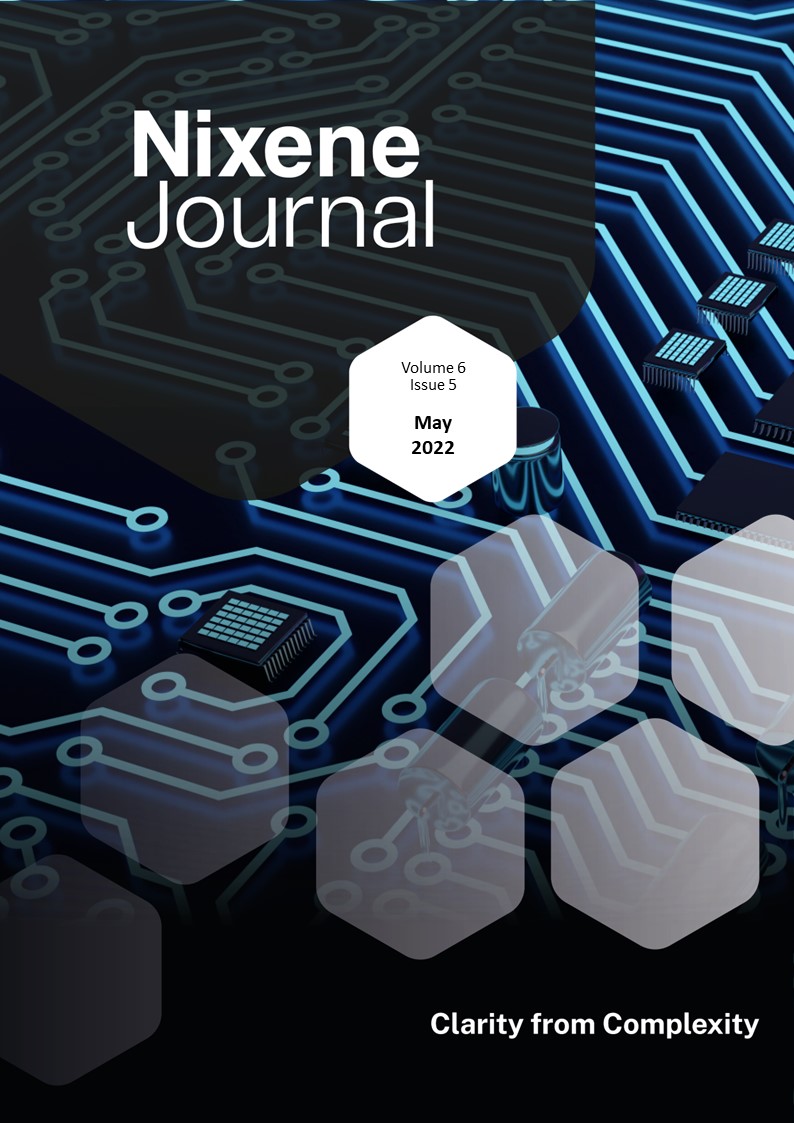
Vol 6 Issue 5
Over the past five years, we have been paying attention to how graphene can improve battery technology. The market focus has been on batteries for electric vehicles. Graphene has been used in the electrodes, and this has made improvements in charging time and battery life. However, energy density has not been improved. Energy density is the amount of energy that can be squeezed into a given volume or mass. This is important for electric vehicles because the higher the energy density, the further a vehicle can travel for a given quantity of batteries. MIT have been paying attention to this battery development dynamic. A spin out company from the university called PolyJoule has developed a new battery (p. 21). This has even poorer energy density, one fifth that of lithium-ion technology, so this is not going to be used for electric vehicles. The MIT researchers have spotted another market – grid storage. These new batteries appear to be ideal for grid storage applications. They charge and discharge rapidly have a long battery life, do not require cooling, and do not need lithium and toxic heavy metals. These batteries are a new intermediate-type between lithium ion and lead-acid technology. We will pay closer attention to this company in the future because storing electricity from renewables such as wind and solar power requires effective grid storage batteries. Also in this issue, Debbie interviewed the CEO of Ceylon Graphene Technologies. This company has local access to some of the highest quality graphite in the world and is very well equipped to process and develop this into high quality graphene powders (p. 7). The company is actively working on new products and extending the value chain towards the market applications. It will be fascinating to see the results of this activity in the market in the coming years. Yet more fascinating research is being published. You may recall that Debbie met Chris Griggs and Sarah Grace Zetterholm of the US Army ERDC (Vol 5 iss 12, p.10). Their team has developed a graphene filter that removes the toxin produced by algal blooms. This filter cleans up poisoned water that is harmful to humans and fish(p.13) Staying with the biology theme, researchers in the Netherlands have developed a graphene sensor that can listen to the sounds made by individual bacteria. This sensor could find uses exploring the effectiveness of antibiotics with unprecedented precision. Another team in the Netherlands has been developing graphene sensors for testing in space. SpaceX launched these sensors this month. The sensors are now approaching a sun synchronous orbit where their performance will be evaluated. Graphene really is out of this world, and as usual there is so much more to read in this issue. Adrian Nixon, 1st May 2022£45.00 View product -
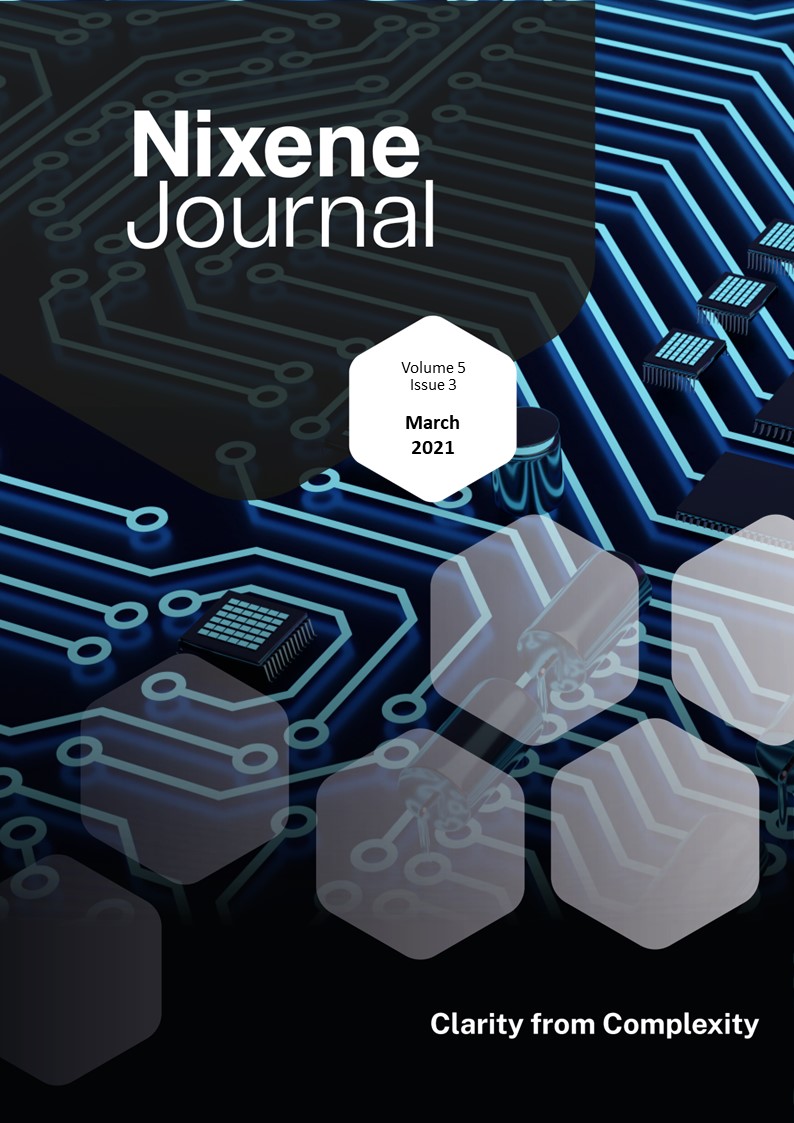
Vol 5 Issue 3
Graphene and 2D materials are still creating scientific progress and the pace is if anything speeding up. You may recall from 2018 that MIT discovered twisted bilayer graphene displayed superconductivity. Andre Geim said this was a genuine surprise when we interviewed him at the Graphene industry showcase event (Vol 4 Iss1 p.8). Well, the MIT team have been exploring this field of twistronics and have now found that using trilayer twisted graphene creates more robust superconductivity at slightly higher temperatures. This points the researchers towards more layers of graphene. Maybe people will start to realise multilayer sheet graphene is much more than graphite. In another development, liquid mercury has been turned into a solid by graphene and the resulting composite has promise for making a new generation of catalysts that could replace more expensive noble metals such as platinum and gold. This finding might also create the possibility to remove liquid mercury contamination from oil and gas processing. Sparc technologies in Australia has some profile this month. They have developed a functionalised graphene with the University of Adelaide. This is showing promise for land remediation and also early work is showing it has some value adsorbing precious metals from mining waste. Sustainability applications like these attract our attention, especially if followed by commercial success. Swedish company 2D fab is working on a project with Swedish research institutes to commercialise a new process for making hydrogen peroxide (H2O2) using graphene paper electrodes. H2O2 is an important industrial product used for bleaching and is an important ingredient in many consumer products. The current process for making H2O2 is energy intensive and creates waste. This new process promises to be lower energy without waste and is more environmentally sustainable. The project should complete by April 2023. Keeping the sustainability theme this month, we also see that the GEIC has started to engage with graphene enhanced concrete, This is really good news. Regular readers will know that we believe graphene in concrete will eventually become the biggest application because it has the potential to reduce global carbon dioxide emissions by 2% with very little impact on our lifestyles. A message that perhaps might reach the ears of those attending the UN Climate Chance conference later this year. As usual there is so much more to explore in this issue, including two special features by Debbie Nelson that are well worth reading. Adrian Nixon, 1st March 2021£45.00 View product

